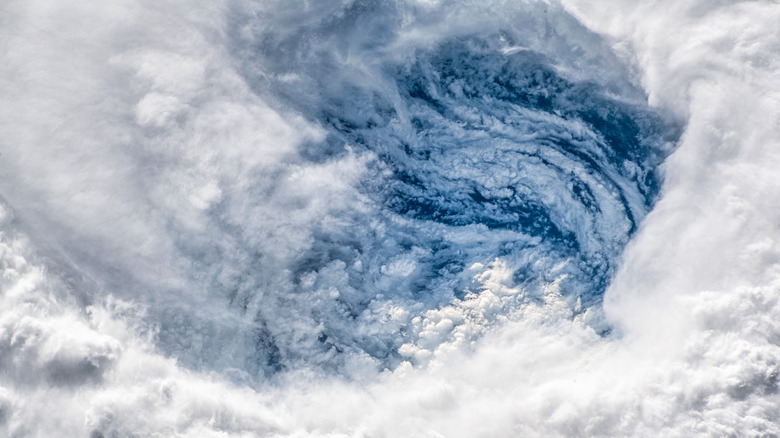
The sky may seem like a huge open playground for airplanes to fly without speed limits in any direction they wish. In reality, planes adhere to certain rules and follow fixed flight paths, much like invisible highways in the air. However, an airplane's flight path isn't as rigid as a conventional highway, and weather patterns are often taken into consideration before finalizing a flight path. One important weather pattern that plays a key role in deciding an airplane's route is the jet stream. Jet
streams are naturally occurring air currents that can travel at up to 275 mph when the conditions are right. These air currents occur between 30,000 and 39,000 feet above ground, which also happens to be the approximate cruising altitude for most commercial airliners.
A favorable jet stream can reduce travel times by speeding up the plane and reducing fuel consumption, similar to how a boat naturally travels faster downstream. However, pilots may also try to avoid jet streams, especially when traveling from east to west. That's because jet streams travel predominantly from west to east and act as headwinds when planes are traveling west. That's also why Atlantic crossings are faster from North America to Europe than the other way around. When flying into a jet stream headwind, the otherwise advantageous air currents can slow down the plane and increase travel times.
Read more: The 5 US States With The Highest Speed Limits (And 5 With The Slowest)
How Are Jet Streams Formed?

Jet streams are formed due to the uneven heating of the Earth. The equatorial regions experience direct sunlight and are hotter than the polar regions. As a result, the warm air around the equator rises while the cold air moves in to replace it, forming high-altitude air currents, aka jet streams. Earth's rotation on its axis from west to east also influences jet streams and contributes to their predominantly eastward flow. The speed at which air travels in a jet stream depends on the difference between equatorial and polar temperatures, which peaks during the winter months. Typically, jet streams are a few hundred miles wide and thousands of feet thick.
Apart from affecting how fast a commercial plane flies, this powerful natural phenomenon can significantly influence a region's weather. Commercial airplanes gain up to 150 knots (172 mph) of ground speed in a jet stream and shorten travel times by over an hour compared to westward transatlantic journeys. That said, the plane's airspeed (speed with respect to the surrounding air) remains the same, and thus, people on board don't experience anything out of the ordinary.
Planes Fly Around Jet Streams In Westward Journeys

Following the analogy from above, flying westward in a jet stream is the equivalent of rowing a boat against the river's flow. Planes can experience a reduction in ground speed, increased fuel consumption, and longer travel times flying against jet stream headwinds. Due to this, commercial airliners go out of their way to avoid strong headwinds.
Additionally, jet streams are associated with strong wind shears, which are known to cause turbulence. Since jet streams are invisible, the resulting turbulence is extremely hard to detect and may sometimes hit the plane out of the blue, earning it the name "clear air turbulence." Severe encounters with these phenomena can cause structural damage to the airplane and may injure the crew and passengers. Commercial airliners use SIGMET charts issued by meteorological departments to keep track of turbulent regions and tweak the flight paths accordingly. Even planes flying eastward may occasionally fly around the jet stream to avoid this type of turbulence.
Want the latest in tech and auto trends? Subscribe to our free newsletter for the latest headlines, expert guides, and how-to tips, one email at a time.
Read the original article on SlashGear.












